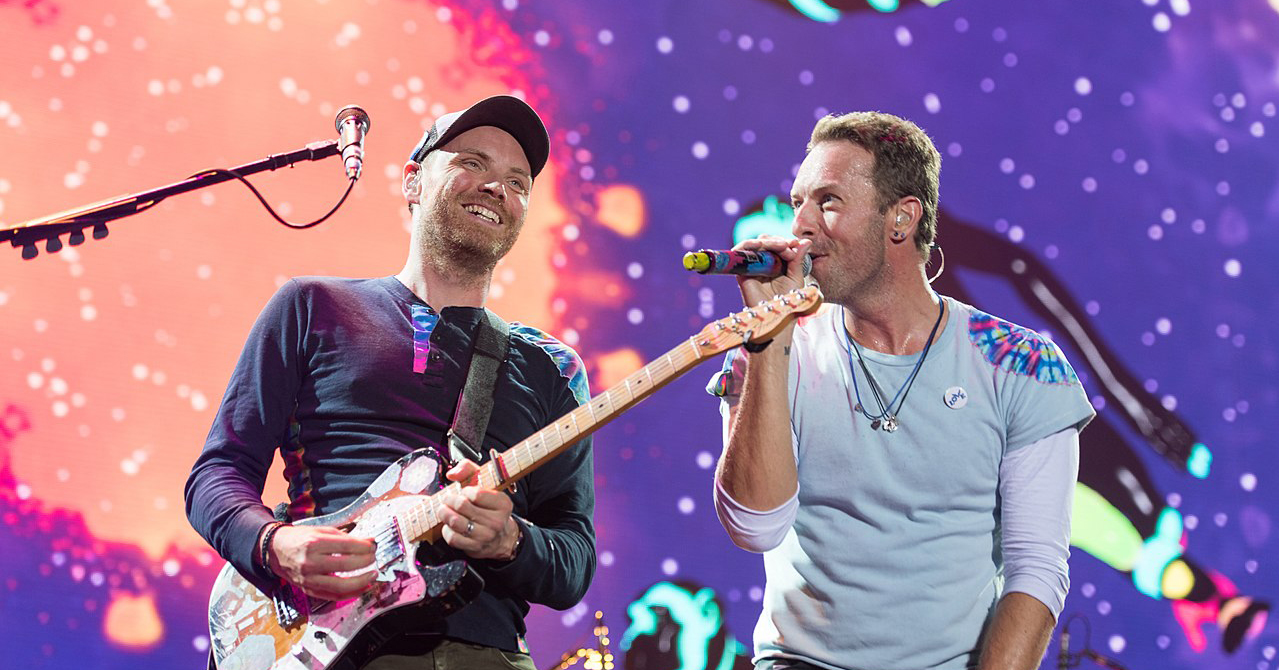Coldplay’s Music of the Sphere’s tour incorporates a 12-point sustainability plan to tackle the environmental impacts of touring.
The plan starts off with three principles set out to achieve a net zero tour:
- Reduce: reduced consumption, reduced waste, cutting emissions by 50%
- Reinvent: new green technologies and sustainable low-carbon touring methods
- Restore: funding nature and tech based projects, drawing down more CO2 than is produced.
The plan charts how the band aims to cut environmental impacts from power, travel, the stage show, fans, water, waste, food and merchandise, and their commitment to support regeneration through good causes and investment in nature.
When considering travel, Coldplay commit to using electric vehicles or biofuel for ground freight and transportation where possible. The tour route itself has been routed to limit air travel, however where flying is completely necessary the band pledge to fly on commercial flights and pay a surcharge to use Sustainable Aviation Fuel.
To tackle emissions from fan travel, Coldplay have partnered with SAP (System Analysis Program) to create a free tour app, which encourages fans to use low carbon transport and then rewards them with discount codes to use at the venues.
The data from the app is then used to calculate the audience’s travel carbon footprint, which will be balanced using drawdown investments via nature-based solutions such as re-wildling and conservation. For every ticket sold at least one tree shall be planted and sustained for its lifetime. The final section of the plan is ‘Transparency’ in which the band commit to continue measuring their progress both positive and negative and to make public their findings.
Read more about Coldplay’s 12 point sustainability plan at www.sustainability.coldplay.com
Download our ‘onboard.earth for Artists’ pack to share with artists in your network who are interested in tackling emissions from tour travel HERE.
Photo credit: Frank Schwichtenberg, CC BY-SA 4.0, via Wikimedia Commons

